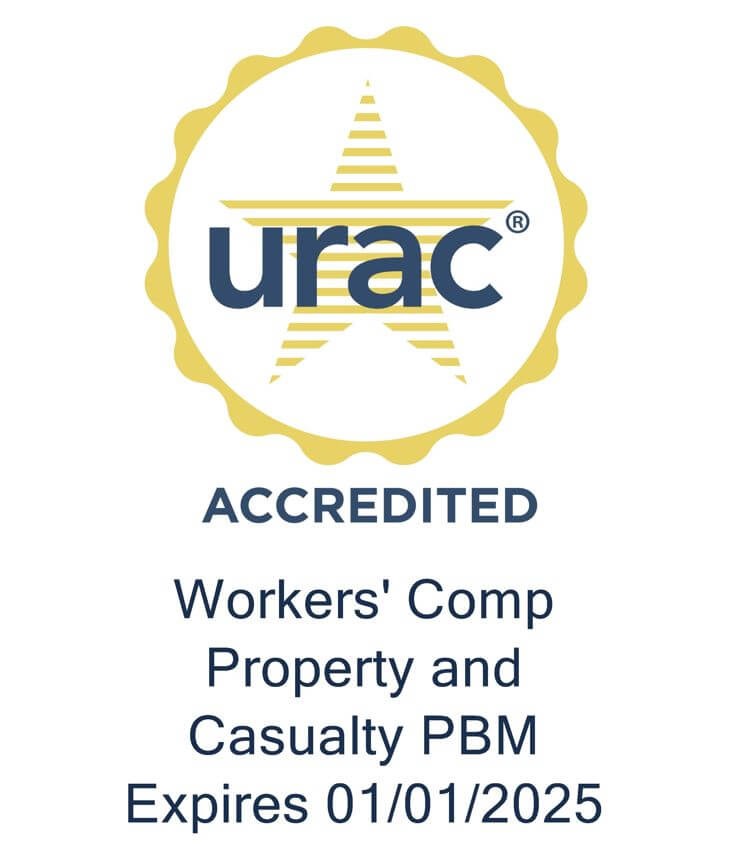Patient engagement is an important aspect of healthcare strategies to achieve the triple aim of improving population health and the patient experience, while also reducing the cost of care. A large collection of studies from around the world have shown that positive patient engagement leads to better health outcomes,1 as well as stark differences in the healthcare experiences of engaged vs non-engaged patients.
For example, a Commonwealth Fund Survey of 11 countries found that engaged patients reported fewer medical errors, more positive views of their healthcare systems and, by a significant margin, higher quality of care than their non-engaged counterparts.2
Patient engagement has also been credited with reducing costs. One study showed that patients who received enhanced decision–making support had 5.3% lower medical costs and another study demonstrated a more dramatic inverse correlation – disengaged patients incurred costs up to 21% higher than those who were highly engaged.3
Interestingly, while there is broad agreement within the healthcare community that patient engagement reaps many benefits, there is much less consensus on precisely how to define it. Some confusion stems from similar terms, such as patient experience, which is a broader concept, and patient empowerment or patient activation, both of which are components of patient engagement.
Continue reading the full article online at RxInformer clinical journal.






